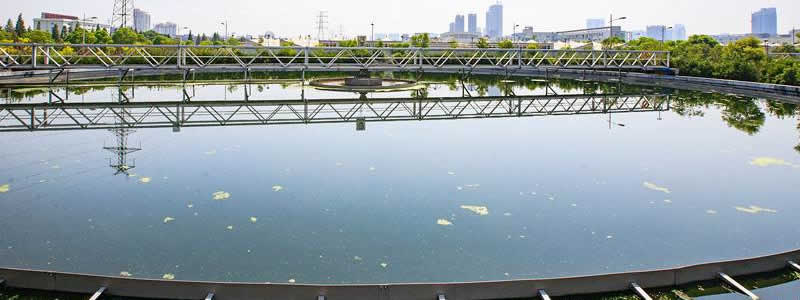
The Use of Cationic Polymers as Primary Coagulants in Water Treatment
The Use of Cationic Polymers as Primary Coagulants in Water Treatment
The removal of natural organic matter (NOM) from drinking water supplies can be achieved with cationic polymers, used here in jar tests on simulated waters made from concentrates of humic substances. In applying organic polymers to the removal of UV absorbing compounds (used as a measure of trihalomethane precursors), a reservoir water was best treated with a high MW polydiallyldimethy-lammonium chloride (poly DADMAC). Similar results were obtained for a river water, where a cationic polyacrylamide (CPAM) of high charge was also effective. Chitosan performed reasonably for both waters, despite low charge and MW. Weakly basic polymers could be binding NOM via hydrogen bonding to free amino groups. Organic polymers generally did nearly as well as alum for both waters, taking out 86–100% of the colour that alum does, and performing even better when other particulates were present. Mixtures of alum and polymer are a way to have particles present if the original water is not of high turbidity. On fractionated waters, alum was best for removal of humic and fulvic acids as measured by UV absorbance, although polyDADMAC was as good for the river water; carbohydrates were a very minor component and there was little effect where data could be obtained; for proteins alum then DADMACs were the best performers for the river water.
For more details about DADMAC or PolyDADMAC, please contact
TIAN@CHEM.NET
 Previous
Previous  Next
Next Get answers and advice from people you want it from.